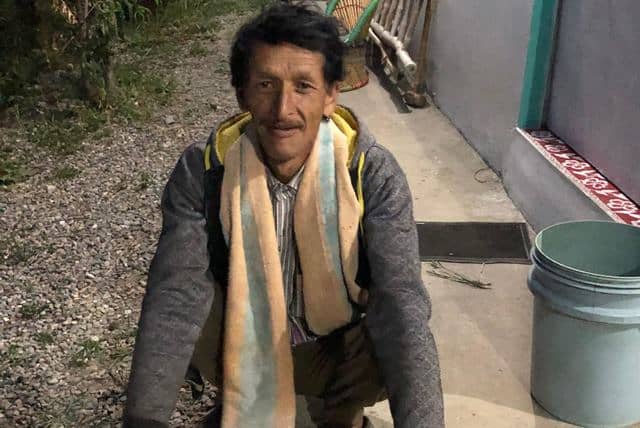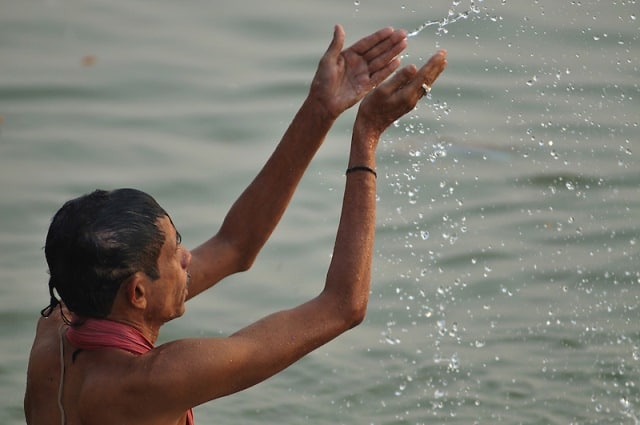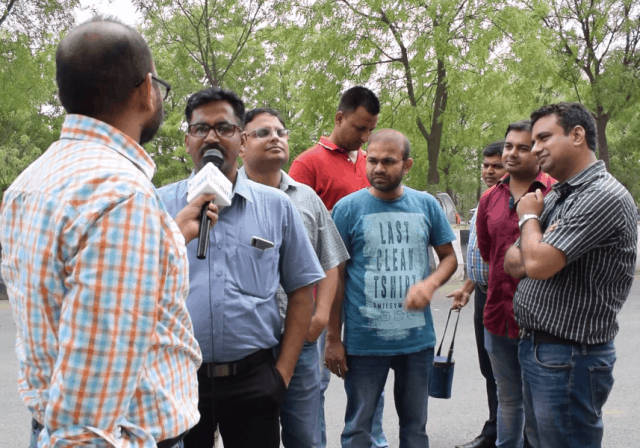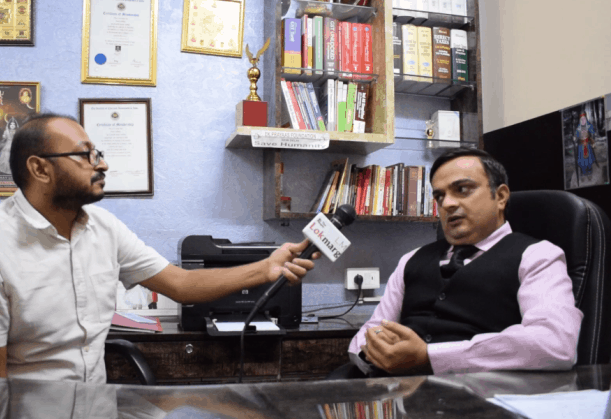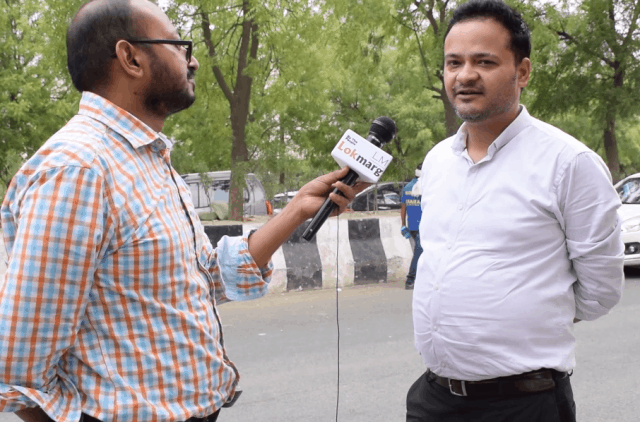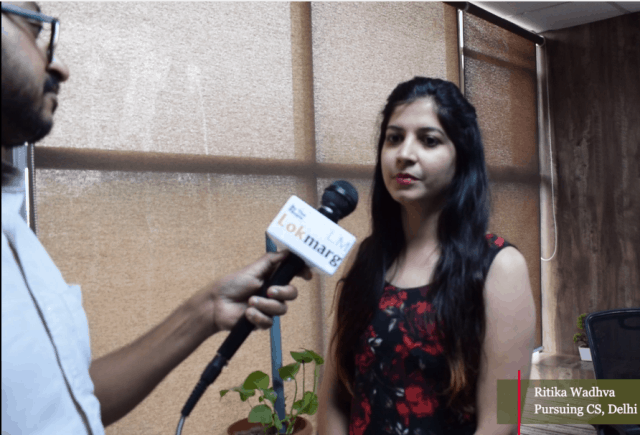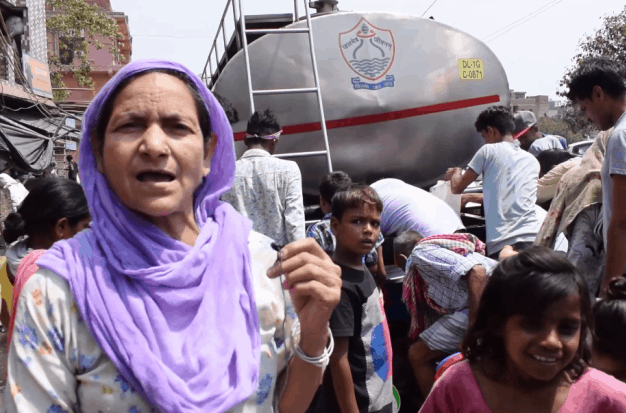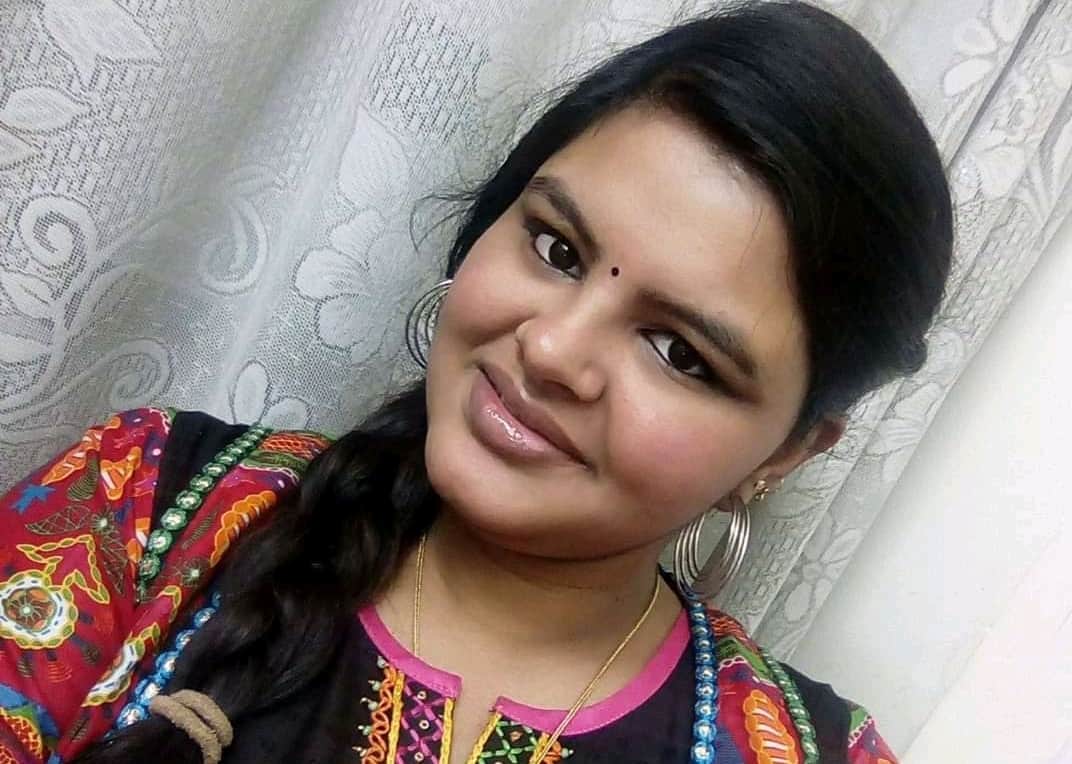In the remote Satpuri village of Naintial district in Uttrakhand, Shobhan Singh Rawat, 50, an electrician and a farmer, says if job opportunities are not created in the hills, all literate youth will migrate to bigger cities eventually
I am an electrician. It is a vocation that my family is well equipped with. And that is why my sons also chose to be electricians. Both my sons are in Haldwani — one is pursuing an ITI course to become a technician/ electrician, and the other is running a shop of electrical goods. We have an ancestral orchard in our village, but the money from the yield is not enough for our family.
We could benefit from an initiative like Skill India, but we don’t know much about the scheme, nor do we have any idea about how to avail it. The nearest high school is nine kilometers from our village. Most villagers are forced to send away their kids for better education. So it is highly unlikely that a programme like Skill India can make its way to our village any time soon. I personally did not pursue any formal course to become an electrician. There were no institutes nearby for training. I just watched and learned.
Due to lack of higher education, job oriented courses and industries in the area, the village youth of the entire region are lagging behind. This region has been blessed with plenty of fruits and an enviable weather. But there’s not much to do here. Either we work relentlessly in the fruit orchards, which pays only in one season, or we earn money locally, working as electricians. Since the village has merely 300-350 people, there is not much scope left for our children here. My sons, like most other youngsters here are not interested in farming.
If sources of employment are not increased, then all the literate youth in the village will eventually migrate to bigger cities. I seriously doubt that my sons will ever come back to the village. Moreover, I fear that I might have to shift to Haldwani as I get older. I don’t want to leave my orchards, but do I have a choice?
